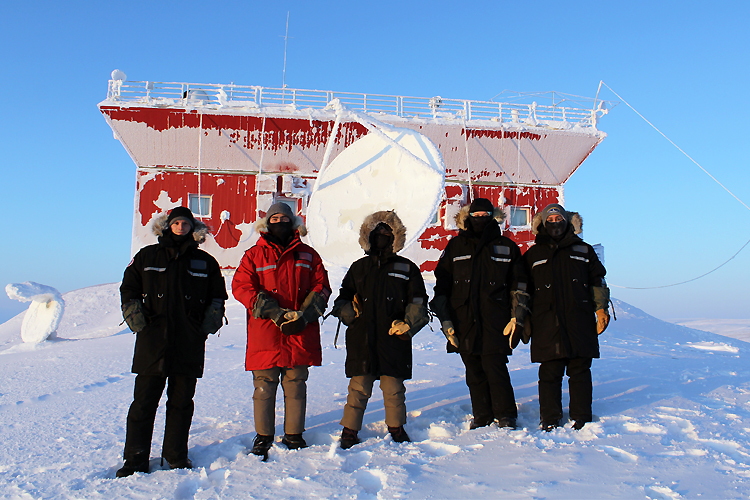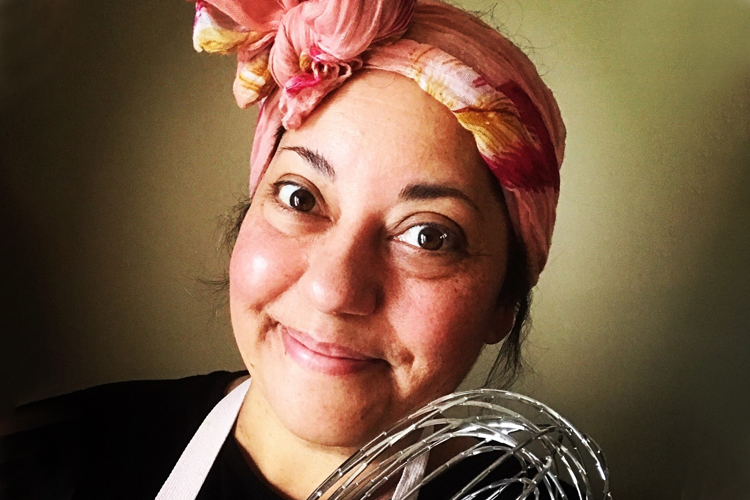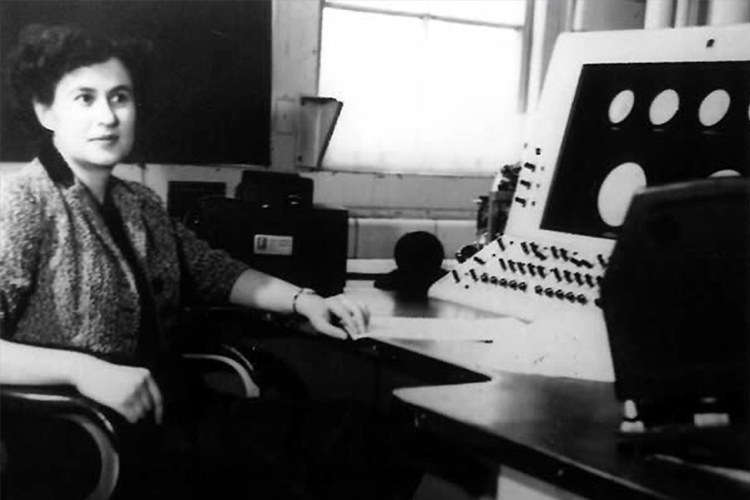Here are just a few of them — images sourced, captured or created by students, faculty and other members of the A&S community — showcasing their achievements and experiences during this remarkable year.
Moment of 'human connection' goes viral

English professor Adam Hammond is trying to make the experience of online classes during the pandemic feel personal. But he never expected just how much it was needed and appreciated by his students, like Samantha Chan. She shared a video clip from one of Hammond’s classes that sparked a positive moment and went viral online.
Resilience in the face of climate change: Archaeological investigations reveal human adaptability in ancient Turkey

A microscope image of an Early Bronze Age grape vine from Tell Tayinat in Hatay, Turkey. The study of archaeological evidence from the region revealed how humans responded to climatic stress.
Capturing the ancient world in 3D for research, teaching and outreach

A digital model of the torso of a statue from near the end of the first millennium CE found in present-day Cambodia. It was created with 3D scanning and modeling technology being used by the Departments of Near & Middle Eastern Civilization, Anthropology and others.
Atmospheric research near the top of the world

Last winter, physics students and postdocs conducted atmospheric research at the Polar Environment Atmospheric Research Laboratory (PEARL) Ridge Lab on Ellesmere Island in northern Nunavut — 1,100 kms from the North Pole.
From White Fish Falls to 3D digital landscapes — lessons from the field go online

When the pandemic prevented earth science students from attending a two-week field course near Sudbury in the spring, Dan Gregory and his colleagues created an online version of the course that included a 3D virtual reality landscape.
First Nations students lead Indigenous history virtual campus tours

A group of Indigenous U of T students is being trained to lead virtual tours celebrating the University’s rich Indigenous history. That history includes the story of Oronhyatekha (Burning Sky), a young Kanien'kehá:ka (Mohawk) man who earned a degree in medicine in 1867, becoming the second First Nations person to attain a medical degree in Canada.
Undergraduate students explore the geology, history and culture of South Africa

Early last year, a group of earth sciences students visited South Africa for their International/Indigenous Course Module. They explored geologically important sites like mines as well as culturally significant sites such as the Wonderwerk Cave where cave art chronicled human habitation.
Poetry, Prose and Passion: Cornerstones of the new Linda Munk Graduate Futures Scholarship

Linda Munk writes on her portable Olivetti typewriter on a train from Moscow to Helsinki in 1958, when, as a U of T undergraduate, she reported on life behind the Iron Curtain for the Toronto Daily Star.
A&S astronomers help discover mysterious cosmic clock

A team that includes U of T astronomers discovered that a repeating fast radio burst (FRB) — originating from a nearby galaxy — pulses at regular intervals. The CHIME radio telescope in B.C. first detected the FRB in 2018.
'We were here; we exist. This is how we were.' Robert Giard's portraits of LGBTQ2S+ authors and writers

A collection of Robert Giard’s intimate portraits of gay and lesbian authors and writers — including playwright Edward Albee, beat poet Allen Ginsberg, and poet and feminist Adrienne Rich — can be found in the U of T Art Centre and the Bonham Centre.
Baking in quarantine: A&S alumna builds connections through food

When the pandemic quarantine began, A&S alumna Rosie Coelho — owner of Rosie’s Kitchen Co. — launched a series of virtual baking and cooking classes to help people develop confidence in the kitchen. It was an immediate hit.
Researchers delay onset of amyotrophic lateral sclerosis (ALS) in laboratory models

A team of scientists delayed the onset of ALS symptoms in laboratory models in an experiment in which they prevented the degeneration of neurons (in green in the image) in the cortex of the brain.
Scholarship honours female computer science pioneer

Beatrice “Trixie” Worsley — believed to be the first woman in the world to earn a doctorate in computer science and Canada’s first female computer scientist — with U of T and Canada’s first electronic computer, circa 1952-58.

